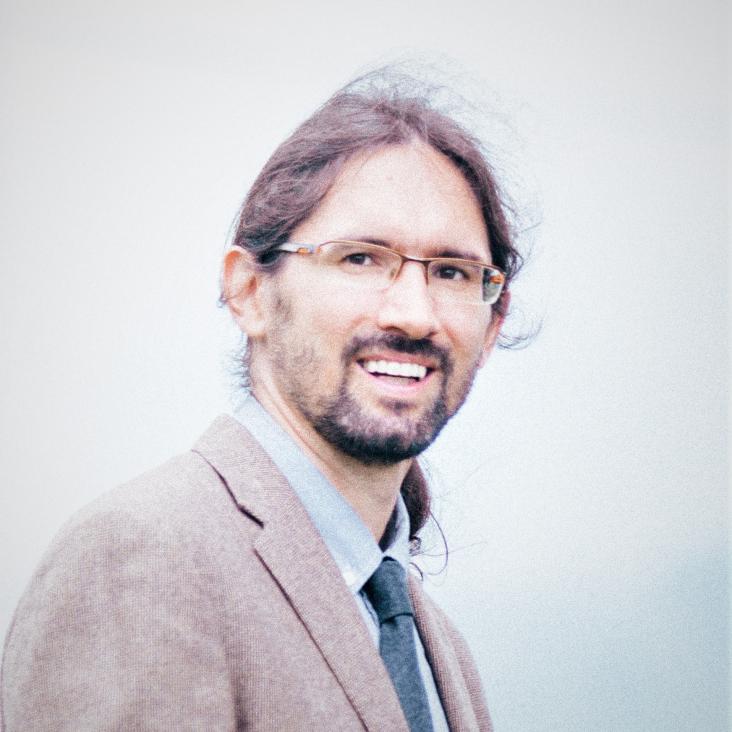ECCENTRICITY GROWTH AND ORBIT FLIP IN NEAR-COPLANAR HIERARCHICAL THREE-BODY SYSTEMS
The Astrophysical Journal American Astronomical Society 785:2 (2014) 116
Intermediate mass black holes in AGN disks II. Model predictions & observational constraints
(2014)
Detecting gravitational waves from the galactic center with Pulsar Timing
(2014)
Eccentricity growth and orbit flip in coplanar hierarchical three body systems
(2013)


